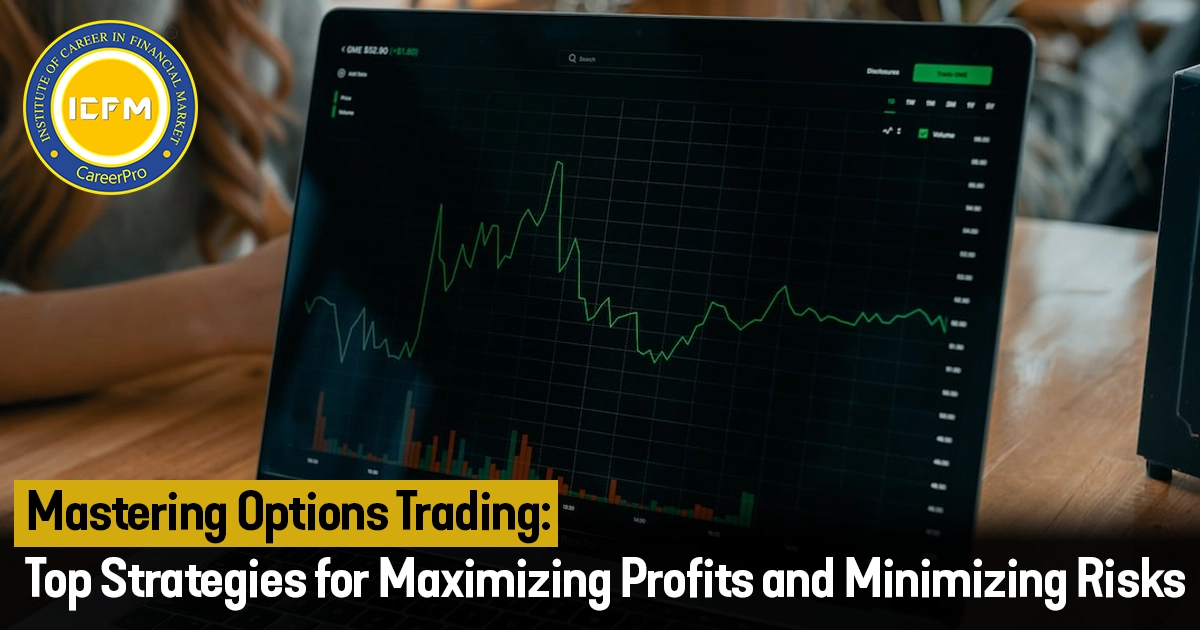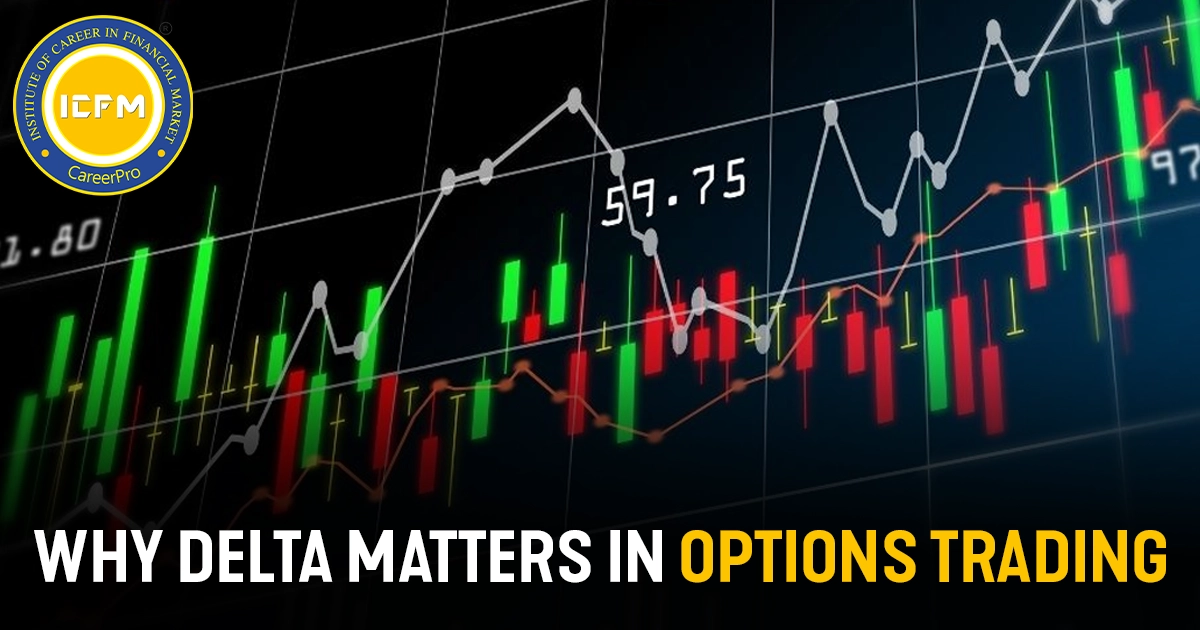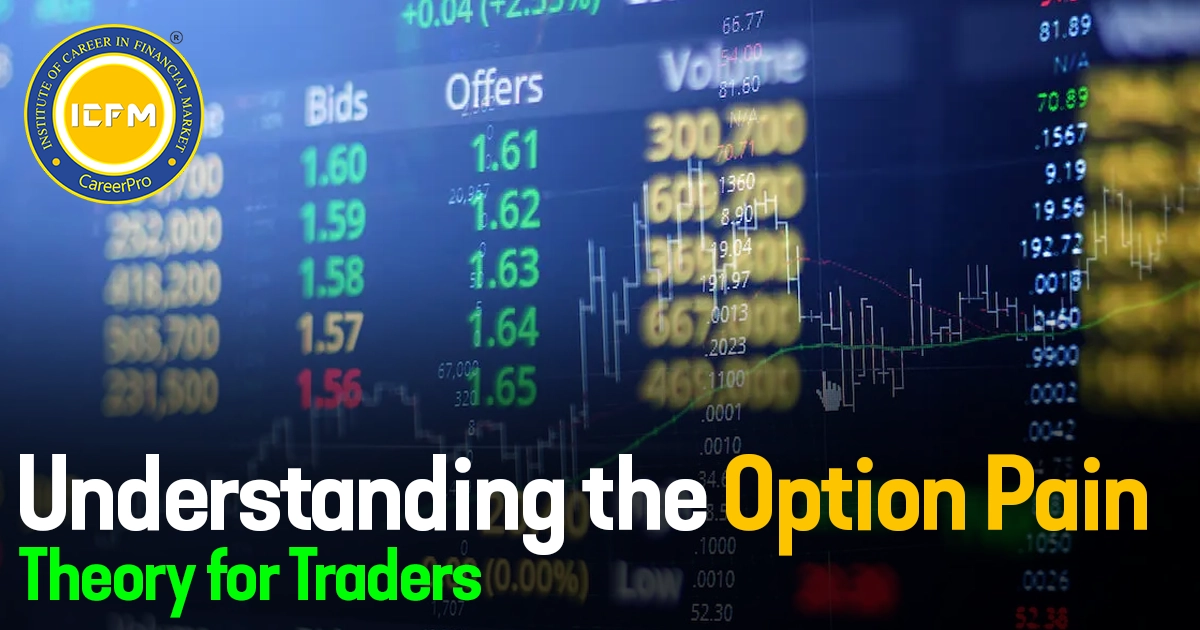Comprehending the Concept of Spreads in the Derivatives Market
In the derivatives market, "spread" is defined as taking two or more positions simultaneously with the objective of risk reduction or profit maximization. Spreads, usually derived from options, futures, or a combination thereof, are popular among traders who employ them in managing their positions by hedging, speculating on price moves, and capitalizing on various types of market conditions. The spread has further added benefits that include the limitation of risks, but offers the potential reward.
Here is a detailed look at the types of spreads commonly used in the derivatives market:
Vertical Spread
This type of spread is also known as a calendar spread. It occurs when a trader buys and sells two options of the same underlying asset, the difference being in the expiration dates, but with varying strike prices. This strategy can be utilized using both calls and puts and forms a risk-limited trade.
Bull call spread: This is a bull call spread where the trader purchases a call option at a lower strike price and sells another call option at a higher strike price. It is expected that he will make a moderate increase in the price of the underlying asset.
Let us take an example. You buy a call option at ₹100 when the stock is trading at ₹100. The call option at ₹90 strike price costs you ₹12, and the call option at ₹110 strike price costs you ₹5. That gives you a net premium or cost of ₹7. Your maximum possible profit is ₹13, which comes into the picture if the stock price shoots above ₹110.
Bear Put Spread: In the bear put spread, a trader buys a put at a higher strike price and sells another put option at a lower strike price. Bear put spread is applied when the trader expects moderate price downfall of the asset.
Example: You have bought a put option for the strike price of ₹110 at ₹10 and sold a put option with the strike price of ₹90 at ₹4. The net cost is ₹6, and its maximum profit of ₹14 is realized in case the asset price falls below ₹90.
Horizontal Spread or Calendar Spread:
The spread bought is merely an optical spread, in which options are bought and sold with the same strike price but in different dates of expiry; therefore the term horizontal spread. With this strategy, traders can benefit from the decay of time in options.
Example: You buy a one month call option on ₹100 stock at strike price ₹100, and sell a three-month call option at the same strike price of ₹100. The premise is that the short-term option's fast time decay works in your favor while the upside remains open on the long-term option.
Diagonal Spread
A diagonal spread is a vertical and horizontal spread. This strategy is buying and selling options of different strike prices and with different dates of expiration. By this, the trader will be able to buy the impact of the movement of price and time decay simultaneously.
For instance you may purchase a three-month call option with the strike price of ₹100 and sell a one-month call option with the strike price of ₹110. This strategy pays off if the asset gradually increases because you benefit from time decay of the short-term option while holding a long-term position.
Butterfly Spread
A butterfly spread is a neutral options trading strategy that combines both vertical spreads. In this strategy, there are three strike prices-the trader purchases an option at one lower strike price and sells two options at a middle strike price and buys one option at a higher strike price. This is appropriate where the trader foresees little movement of the underlying asset's price.
Example: If a stock trades at Rs.100, then you might enter a call option by buying it at a strike price of Rs.90 and selling two call options at a strike price of Rs.100 and buying one call option at a strike price of Rs.110. Maximum profit is made when the stock price stays close to Rs.100 on the date of expiration.
Straddle and Strangle
These are volatility based strategies which makes you benefit with large price movement in either direction.
Straddle: A trader buys call option and also a put option at the same strike price and of the same expirations. This strategy reaps profit for very large moves in either direction.
Example: You buy call as well as put option at the strike price of ₹100. Once the asset begins to move substantially above or below ₹100, one of the options will earn the profit for you.
Strangle: In this, a strangle is making a purchase of the call option and the put option on different strike prices while having the same expiration date. It can be a cheap version of the straddle but requires a higher price movement to break into profit.
Iron Condor
An iron condor is an advanced strategy made from a combination of vertical spreads. Selling a lower strike put, buying a further lower strike put, selling a higher strike call, and buying a further higher strike call are the parts that must be integrated into this strategy. The profit from this strategy can be obtained when the asset price is retained in a specific range.
Example: When the stock is trading at ₹100, you can sell a ₹90 put, buy an ₹80 put, sell a ₹110 call, and buy a ₹120 call. If the stock stays between ₹90 and ₹110 by expiration, the profit is capped at the premiums collected
Ratio Spread
A ratio spread consists of buying a specific number of options and selling a larger number of the options on the same underlying, at the same expiration date but with different strike prices.
Example: You can purchase one call option at the ₹100 strike price and sell two call options at the ₹110 strike price. A moderate move in the asset price will generate profits but a sharp movement will result in heavy losses.
Advantages of Spread Strategies
Risk Management: Commonly, spread strategies contain both risks and gains as they are hedged for conservative investors.
Profit at Any Time and in Any Market Condition: Spreads can be traded through any market condition-trending, volatile, or ranging-so that you can profit at any time.
Cost-effective: Spreads are less expensive to trade, since the income generated by selling the option can be used to negate the cost of buying the same.
Conclusion :-
Spread trading strategies in derivatives offer a broad spectrum of possibilities for managing risk and making profits. The primary objectives of spreads are to exploit price movements, volatility, as well as time decay, regardless of whether you're a seasoned trader or just starting out. However, each strategy does have a risk versus reward profile so proper judgment must be exercised based on market conditions and financial goals before it can actually be used.









